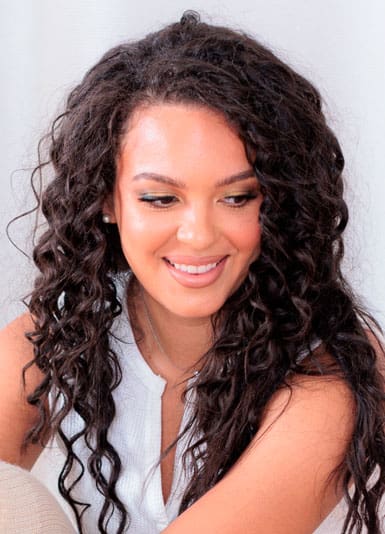Body by Mr Ioannis Goutos
Birthmark

Birthmarks are patches of coloured marks on the skin most frequently present from birth, with some developing shortly after birth (within the first few weeks of life). There are many different types of birthmark, which range in colour and size. Most birthmarks are either caused by clusters of superficial malformations of small blood vessels (known as ‘vascular’ birthmarks) or from patches of increased melanin pigment within the skin (known as ‘pigmented’ birthmarks). Some are flat and level with the skin, whilst others may appear raised. Some types of birthmark will resolve on their own with time, whereas others may remain present for the lifetime of the individual.
Most birthmarks do not constitute any physical health problems, however some individuals may wish to have their birthmarks removed for cosmetic reasons. In rare cases, where the birthmarks are caused by malformation of blood vessels and interfere with a child’s vision or activities such as breathing or eating, more prompt and definitive treatment may be needed. In adults, unsightly birthmarks can be treated with a number of elective procedures, which aim to reduce their appearance.
Mr Ioannis Goutos is an experienced and skilled London-based plastic surgeon, who has particular expertise in caring for those with troublesome scarring and burns. He is well equipped to make thorough assessments and carry out a number of procedures with excellent results and gold standard aftercare. Mr Goutos takes pride in providing individual treatment plans for each patient, which consider the physical, psychological and social factors affecting their treatment goals.
Book your consultation today
Book nowAbout this condition
There are a number of different birthmarks which are more likely to persist into adulthood. These include:
- Strawberry marks or ‘haemangiomas’ – these are a type of vascular birth mark and are usually red in colour and appear raised from the skin. They may increase or decrease in size with time. Strawberry marks are the most common type of birthmark to cause more physical problems with vision, breathing and eating if they are large and occur on the face, in which cases these are usually treated in early childhood.
- Port wine stains – typically occur on the face and neck and look like patches of darker skin, often red or purple in colour. They are usually flat and level with the surrounding skin.
- Café-au-lait spots – these are caused by patches of skin with an increase in the production of the pigment melanin. They appear as flat spots or patches that can be light or dark brown in colour and occur anywhere on the body.
- Congenital moles – these are also caused by an increase presence of melanin in patches of the skin. They often appear darker brown or black in colour and may be raised or contain additional hairs. They can change in size during puberty and may need careful monitoring if they are particularly large as there is a small risk of them developing into skin cancer.
Some individuals may feel particularly self-conscious about prominent birthmarks and wish to seek treatment to reduce their appearance. Treatment options for birth marks include:
- Laser treatments, which aim to help patches of darker skin appear lighter, or remove areas of vascular malformations, to make the skin appear more even overall
- Surgical removal of the birthmark
Good general skin care and regular sun protection are also important to prevent birthmarks from becoming darker or more prominent.
If you are thinking about having any procedures or surgery to improve the appearance of a birthmark, it is recommended to fully discuss all the treatment options with a qualified clinician. An experienced professional will help you to consider risks and benefits of each treatment in relation to you and your skin type, as well as tailor your treatment and aftercare appropriately for optimal results.

Testimonials
Mr Goutos is delighted to share some of his patient and peer feedback on their experiences of his services.











